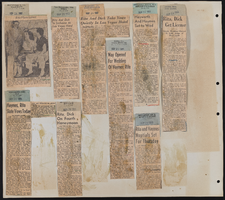Search the Special Collections and Archives Portal
Search Results
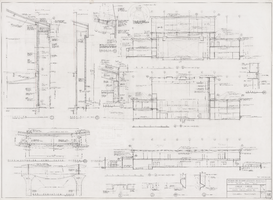
Architectural drawing of Circus Circus (Las Vegas), general sections, April 4, 1968
Date
Archival Collection
Description
Sections for the construction of the Circus Circus casino from 1968. Printed on parchment.
Site Name: Circus Circus Las Vegas
Address: 2880 Las Vegas Boulevard South
Image
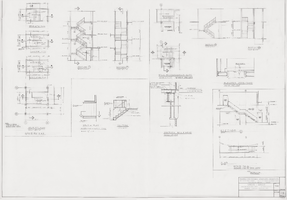
Architectural drawing of Circus Circus (Las Vegas), stairs and elevators, April 5, 1968
Date
Archival Collection
Description
Stairs sections and details for the construction of the Circus Circus casino from 1968. Printed on parchment.
Site Name: Circus Circus Las Vegas
Address: 2880 Las Vegas Boulevard South
Image
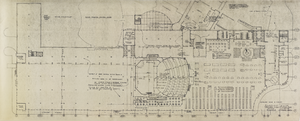
Architectural drawing of the Flaming Hilton's (Las Vegas) tower, revised first floor plan, December 30, 1975
Date
Archival Collection
Description
Architectural plans for the addition of a tower's first floor to the Flamingo in 1976; printed on mylar;
Site Name: Flamingo Hotel and Casino
Address: 3555 Las Vegas Boulevard South
Image
David A. Davis Collection of Aerial Photographs
Identifier
Abstract
The David A. Davis Collection of Aerial Photographs (approximately 1990-1999) contains seven black-and-white photographic prints and one black-and-white photographic negative of aerial views of Las Vegas, Nevada. These photographs are reproductions of originals obtained by David A. Davis from the Nevada Department of Transportation, the United States Geological Survey, and Landiscor Real Estate Mapping.
Archival Collection
David R. Parks Papers
Identifier
Abstract
The David R. Parks Papers (1981-1994) contain a house appraisal, memorial card, copy of a plaque, a certificate of appreciation, and brochures, a surety bond, and correspondence involving the Camp David Men's Health Club. There is also a copy of a law suit and sales papers for the JTJ Corporation.
Archival Collection
Dennis McBride Erotica Collection
Identifier
Abstract
The Dennis McBride Erotica Collection (approximately 1950s-2003) consists of heterosexual and homosexual erotic photograph, drawings, and magazines. The collection also contains reproductions of early pornographic materials from the 1930s and 1940s and a stereoscope viewer with image inserts depicting nude females. This collection provides insight into erotica and pornography dating from the mid- to late- twentieth century.
Archival Collection
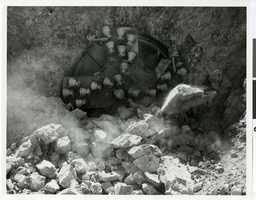
Photograph of the "Mole" Jarva Tunnel Borer breaking through the tunnel on the Las Vegas River Mountain Project, Las Vegas, Nevada, circa 1968-1971
Date
Archival Collection
Description
Image
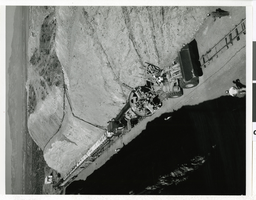
Photograph of the 988 caterpillar loader towing mole and conveyor to the tunnel portal used on the Las Vegas River Mountain Project, Las Vegas, Nevada, circa 1968-1971
Date
Archival Collection
Description
Image
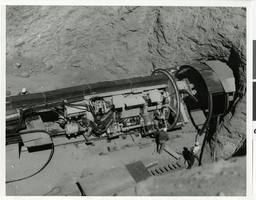
Photograph of the outlet portal showing the mole preparing to walk into the tunnel on the Las Vegas River Mountain Project, Las Vegas, Nevada, circa 1968-1971
Date
Archival Collection
Description
Image

